Book the Tsaritsyno museum-reserve guide now to explore Moscow’s historic palace and park with ease.
Step inside the pseudo-gothic halls and stroll through fully annotated routes that connect the past to today, with clearly labeled rooms and accessible floors.
Choose from tours that spotlight Slavic arts, music rooms, and some lesser-known parts of the grounds, with bilingual narration available.
Weather-permitting, take a walk across one of Moscow’s largest grounds, with varied paths, bridges, and viewpoints along the way.
Throughout the visit, you’ll encounter numerous halls, galleries, and the palace interiors, all interwoven with historical recreations and modern displays.
abroad visitors discover a vivid window into Slavic culture, with parts of the visit focusing on past dynastic life and the arts that shaped Moscow.
Each part of the guide links the palace with the park, so you can plan a compact day or spread visits across some museum-reserve weekends, depending on your pace.
Tickets and options include online reservations, audio guides, and family passes, with typical start times at 10:00, 12:00, and 14:00; verify current schedules on the official site.
Tsaritsyno at a Glance: Practical Guide for Visitors
Start at the entry near the main ticket desk and grab a map to plan your day.
- Location and layout: The palace sits at the core, linked to the mansions and the Matvey Wing; designed to guide walkers along a clear route that highlights the main halls and courtyard views.
- Palace interiors and halls: Reserve 30–40 minutes to explore ceremonial rooms, grand staircases, and period furnishings that bring a historical atmosphere to life.
- Outdoor spaces: Parks, ponds, and ravines surround the core, creating a picturesque setting with plentiful photo opportunities and shady spots to rest.
- Activities and routes: Join a guided tour, try a family-friendly trail, or use short audio guides available in several languages to maximize coverage in a few hours.
- Life and history: Exhibits reveal life in a historical era; despite the calm, the grounds attract visitors who want to learn and unwind.
- Practical tips: wear comfortable shoes, bring water, and pick a loop that connects the palace, Matvey Wing, and water features; typical hours start at 10:00 and last entry occurs about 45 minutes before closing; confirm current times on the official site.
Suggested short itinerary: begin at the entry, tour the palace interiors, visit the Matvey Wing for a brief film, stroll along the ponds and ravines, then finish with a relaxing walk through the parks to capture photos.
Opening Hours, Holidays, and Ticketing
Buy online tickets 1–2 days ahead to skip lines and guarantee entry for your preferred time, especially on weekends and school holidays. Tsaritsyno sits in suburban Moscow, near the city center, and holds a dramatic blend of palace interiors and park vistas that appeal to arts lovers and casual visitors alike. If youre planning a long visit, you can combine tours with a stroll along the main promenade to maximize your time enjoying the space; there is something for everyone.
Opening hours vary by season. From late spring through early autumn, the reserve opens at 10:00 and closes at 18:00, with last entry at 17:30. In winter the hours shift to 10:00–17:00, with last entry at 16:30. Construction work may temporarily close some wings; follow posted signs and use the central route to reach the main exhibitions. The center also offers various tours, including musical and slavic arts-focused routes, which run regularly for enthusiasts and first-time visitors alike.
Holidays: special program days may extend hours or change access; some days see partial closures due to events. Check the posted notices and the official calendar before you go. For a relaxed pace, visit on weekdays when crowds are lighter and parking is easier to find. If you want to combine a garden stroll with a concert or arts workshop, plan for afternoon hours when light is best and crowds feel thinner.
Ticketing: Tickets are available at the box office and online. Online purchase saves time and lets you reserve seats for guided tours. The best value comes from combo options and family passes. For groups, you can arrange a tailored itinerary with a tour guide, ensuring a smoother visit for everyone, including kids and enthusiasts.
| Ticket type | Price (RUB) | Notes |
|---|---|---|
| Adult | 600 | Access to permanent exhibitions; guided-tours available |
| Concession (students, seniors) | 350 | ID required |
| Family pass (2 adults + up to 2 children) | 1500 | Valid for a single day; additional children at reduced rate |
| Guided tour (60 minutes) | 1000 per group up to 6 | English, russian, slavic arts themes |
| Audio guide | 250 | Multi-language options |
To maximize your day, arrive early, join a popular tour line, and then enjoy the bridge that connects the middle gardens and terraces near the center. Youre all set for a memorable visit near the center, with easy access from public transport and ample suburban parking on weekends. Plan your visit for when the gardens look their best, and you may feel much more engaged with the space.
Guided Tours: Schedules, Languages, and Booking
Book the English-language Palace Interiors tour to explore aristocratic rooms, grand structures, and the 19th-century past; it starts near the center gate and guides you through the interior that made the estate a model of Russian aristocracy.
Guided tours run daily with morning and afternoon slots. The 60-minute Palace Interiors option covers the main halls, while a 90-minute combined tour adds the estate grounds and lush park views. The estate grounds are among the largest in Moscow, with plenty of green space to enjoy between stops. On select weekends, special concerts and events open additional spaces–verify times at the gate or with the desk before you arrive, and some days operate until late.
Languages available include Russian, English, Spanish, German, and French. Booking is easy online on the official site, at the ticket desk near the gate, or by phone. Early booking guarantees preferred times; student groups can receive a discount with a valid ID, and school visits can be arranged with a guide-led program tailored to visiting groups in the palace interior and garden areas.
Visiting tips: arrive 15 minutes before your slot, and follow the guided route through the palaces and surrounding structures. The guide boris shares stories from the past and explains how russias imperial heritage shaped the estate. You will find plenty of opportunities for enjoying experiences made possible by careful preservation, with photo stops around the gate and rest points near the center. If weather permits, extend your day with a stroll along the lush paths and palaces grounds; even in peak season, you’ll have even more room to explore before heading back.
Palace Interiors: Highlights You Shouldn’t Miss
Begin your visit with the Royal Staircase and the first set of halls to feel the different scales and the grandeur of the palace interiors.
Those rooms, designed by kazakovs, blend light with form, featuring high ceilings, decorative cornices, and inlaid floors that catch the eye as you move from one room to the next.
The vast salons host ceremonies and daily life; you’ll notice how the facades spill light into interior spaces, while the interiors create islands of calm in the busy city.
The project included rooms built for royals and visitors alike, including elegant suites, a royal dining room, and a small concert hall where concerts on Sunday still echo softly.
To fully enjoy the interiors, visitors take a focused walk through the rooms, stopping at carved fireplaces and marble corridors, while those who study the design notice how the house was built for different uses, from formal assemblies to intimate talks.
Plan a loop that includes the foyer, the blue and white salons, and the gallery that connects to the outside garden, avoiding rush so you can enjoy every detail, from moldings to the way natural light shifts across the walls.
If you visit with students, bring a map and linger at each turning to see how those spaces were designed to be functional as well as beautiful, inviting you to imagine life inside a royal house.
Tsaritsyno Park Trails: Top Routes and Flora
Start with the Red Route along the main canal for a compact loop that highlights palaces, facades, and public spaces where you can feel the city fade behind you. This path keeps you close to the heart of Tsaritsyno, making it easy to plan a visit around concerts and events.
The Red Route covers about 4.5 km and takes 1.5–2 hours at a relaxed pace. Begin at the public entrance near the bridge, pass the main house, then the francis wing built by boris kazakov, this wing connects to the pond and leads toward the central square where concerts are staged during warm weather.
Along the way, you have a rich range of flora: maples, oaks, lindens, and birches, plus rhododendrons and azaleas near the francis wing. You will notice several things to savor: lilacs in spring, pines in summer, and the clean scent of pine needles. All this harmoniously enhances the landscape and the park’s historic structures.
For variety, the Green Route diverts at the oldest park terraces and leads through shade trees toward the public lawns and the palaces’ side facades. The Blue Route hugs the ponds for reflective views and a different rhythm. They connect to a public area where you can rest on benches and plan your next stop, whether to visit the large garden houses or the main square. In russia, Tsaritsyno’s ensemble shows how public areas and private houses were designed to coexist, with the main palace as the anchor and the bridge linking courtyards and gardens.
Practical notes: start early on weekends to avoid crowds, wear comfortable shoes, and carry water. The area around the main square hosts regular concerts, and the trails are well marked for easy orientation. Have a map handy and plan to sample a quick coffee near the public facilities after you complete the loop.
This walk makes you feel how boris kazakov shaped this space, revealing the balance between house ensembles and surrounding greenery. It also demonstrates how the main structures and bridges create a unified, large-scale experience that invites you to escape urban noise and linger among trees, flowers, and the park’s careful planting–a true celebration of Russia’s architectural heritage and nature working together.
Collections and Exhibitions: History Highlights and Must-See Pieces
Begin at the empresss wing to see the core collection first, and you’ll get a clear sense of how those rooms lived and how the space was built to host both intimate gatherings and grand displays.
In the main galleries, seek porcelain from the Imperial Factory, refined enamel works, and portraits that illuminate the court’s arts and daily life. The intricate interiors connect the main palace with the park edge, where the area between indoors and outdoors reveals how designers paired function with beauty. The greenhouses nearby illustrate horticultural tastes that extended outside, offering a peaceful, still retreat for reflection.
Historical highlights trace Catherine the Great’s influence; the empresss commissions shaped the palace, while architect kazakov expanded the plan and built the bridge that connects the main terrace to the gardens. The views from that crossing reveal how interiors open to the park, and the whole display echoes russias rich artistic currents in ways you can compare with similar estates elsewhere.
Must-see pieces include a grand porcelain service from the Imperial Factory, a scenic landscape painting, and a set of archival drawings that map the grounds. The rooms also feature intricate woodwork and textile panels that highlight everyday life, letting you connect with those who lived here and the experiences they imagined.
Exhibitions rotate, but the core holdings stay central, offering a coherent thread through the halls and on the terraces. If you’re pressed for time, prioritize the empresss wing, then move toward the bridge overlook and the back galleries where plans and photos reveal the park’s evolution.
As you walk, youll notice how the historic core links to peaceful gardens, with paths that let you reach both ornate interiors and the living green spaces. The main avenues lead to greenhouses and other outdoor spaces, and the contrast between dark corridors and bright plant rooms makes the experience feel like a continuous story rather than separate stops.

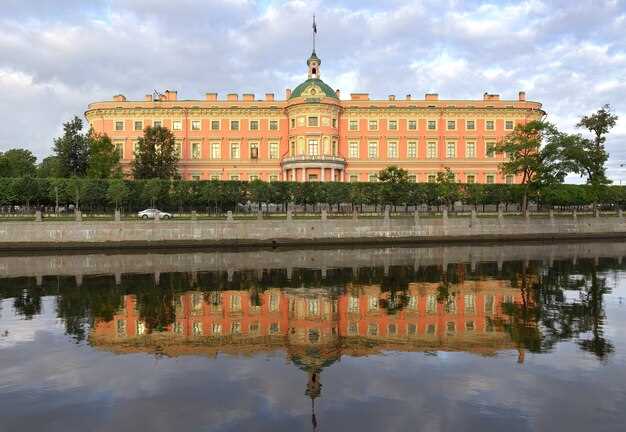 Tsaritsyno Museum-Reserve Guide – Moscow’s Historic Palace and Park">
Tsaritsyno Museum-Reserve Guide – Moscow’s Historic Palace and Park">

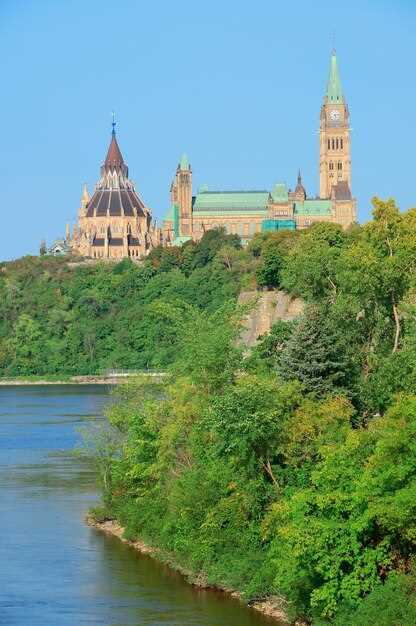
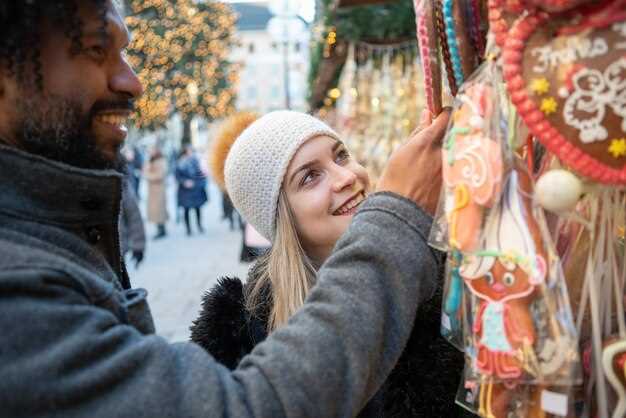 Visiting Moscow in Winter – The Moscow Christmas Market Experience">
Visiting Moscow in Winter – The Moscow Christmas Market Experience">
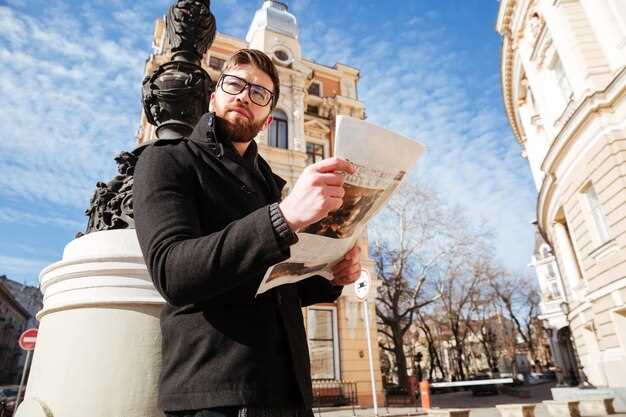 Russia in World War II Tour – Victory Park & Museum Visit Guide">
Russia in World War II Tour – Victory Park & Museum Visit Guide">
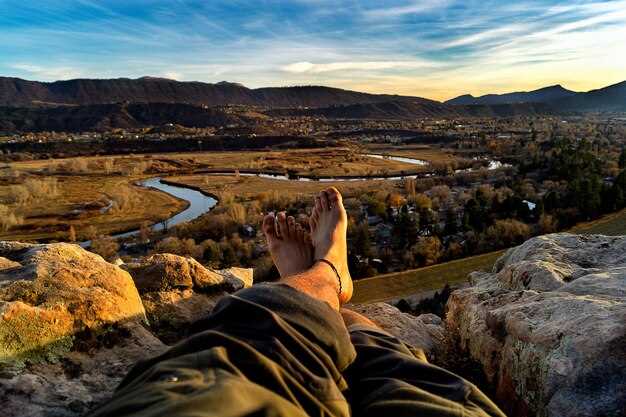 History Brought to Life – A One-Day Trip to Zvenigorod">
History Brought to Life – A One-Day Trip to Zvenigorod">
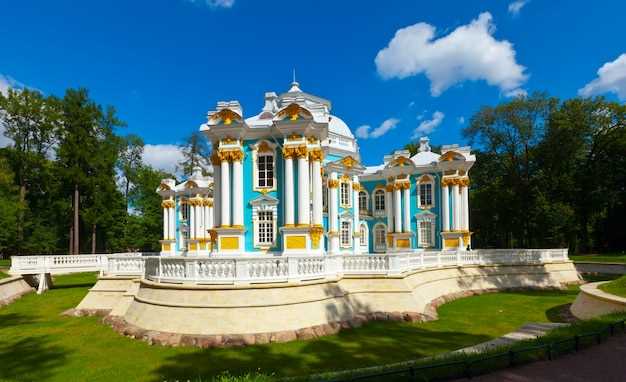 Hermitage Garden Moscow – A Tranquil Oasis in the Heart of the City">
Hermitage Garden Moscow – A Tranquil Oasis in the Heart of the City">
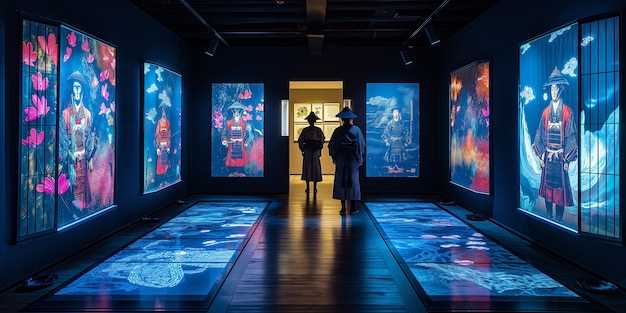 Photo Exhibitions in Moscow – Best Galleries and Upcoming Events">
Photo Exhibitions in Moscow – Best Galleries and Upcoming Events">
 Sergiev Posad Day Trip from Moscow – Top Things to See and Do">
Sergiev Posad Day Trip from Moscow – Top Things to See and Do">
 Internet Cafes in Moscow – Best Places for Wi-Fi, Gaming, and Remote Work">
Internet Cafes in Moscow – Best Places for Wi-Fi, Gaming, and Remote Work">
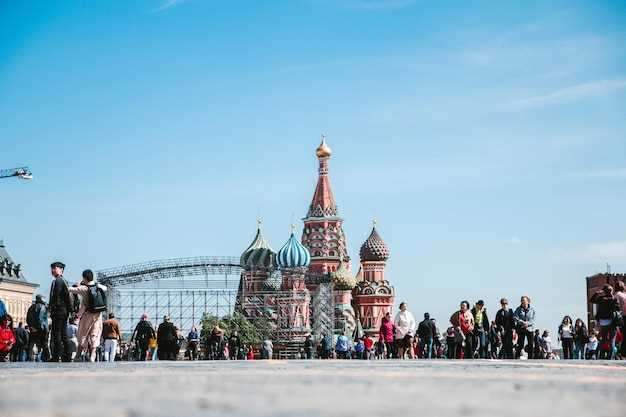 Excursions in Moscow – Best Tours, Museums & Landmarks">
Excursions in Moscow – Best Tours, Museums & Landmarks">